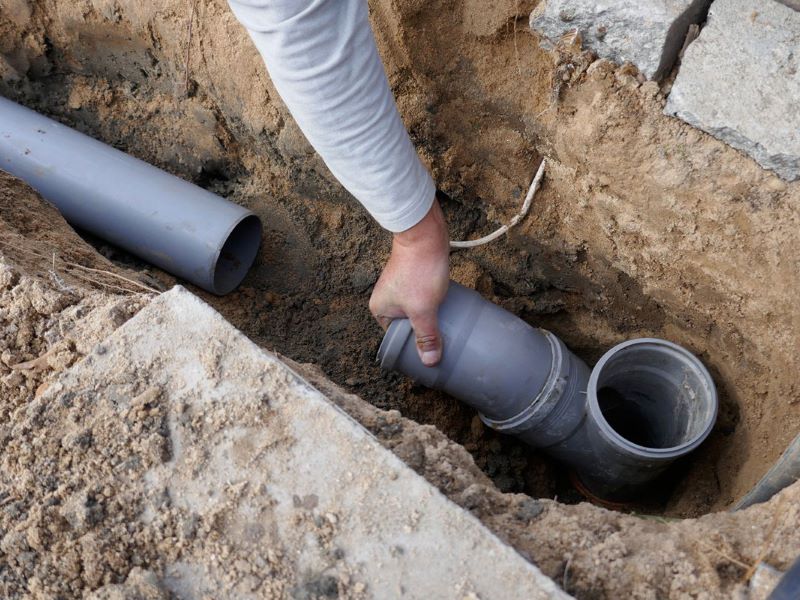Drainage Repair

If you have a concrete slab or brick and mortar foundation, you must have a stabilizer in place if you want to keep your house in one piece. By continuing to allow foundation drainage, you can protect your home from serious damage in the future. Interior drains and internal sump pumps are two of the best tools to use when attempting to ensure that your foundation drains consistently. When you do start seeing signs that you are having a draining issue, it would be best to contact us at Little Elm Foundation repair to address the matter sooner, rather than later.
Why do Drainage damages happen?
Because of the contact with water near your foundation, the compounds in your building materials can rapidly swell up. As a side effect of this pressure, your foundation may be subjected to stress. To deal with stress, the components that support your home may crack, allowing even more moisture into your space. A leaking or cracked foundation can cause your home to sink into the earth, as well as threaten other structural supports. For example, a leaking foundation might allow enough moisture into your home to damage your floor joists. This implies you may have to deal with a sinking floor in addition to the foundation problems.
What to look for in Drainage Damages
It is not always easy to determine whether or not your foundation has been damaged. Little Elm Foundations' professional contractors, on the other hand, have years of experience and know what to look for. We assist with expert assessments and search around your property for any alarming signs of damage. Some of the most obvious signs of moisture-related foundation damage are as follows: Mold growth, Unpleasant smells, Warped door frames or windows, Seepage, Standing water in your basement, and Excessive humidity throughout your entire home.
How to Avoid Foundation Drainage issues
The simplest and quickest way to improve foundation drainage is to direct water away from your foundation. Install drain extenders at the bottom of your rain gutters that are at least three feet long. If you have standing water on your grass or soil after it rains, you may have a drainage problem. Because the oxygen content of this ultra-compact soil is lower than it should be, it may cause drainage problems as well as compacted soil that damages your foundation. Examine the soil around your house to ensure that it drains well. Damaged foundation drainage should be repaired as soon as possible, rather than waiting until it is too late.
Professional Drainage Experts to get it done
When there is any doubt in your mind regarding any foundation drainage issues, it is best to contact us so we can get to the bottom of the problem. Drainage issues are not a problem to take lightly and to make sure the damages are addressed before any major issues follow. Our team of professional experts can locate and correct the problem, saving you much more expensive repair works.

